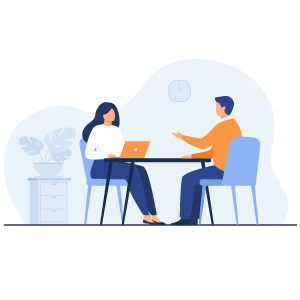Course Content
Welcome and Orientation
Module 1: What Good Listening Is—And Is Not
Module 2: Listening 101—The Basics
Module 3: Understanding Someone’s Full Communication--Taking Your Listening to the Next Level
Module 4: Listening as the Foundation for Reaching Agreement
Module 5: Un-Hijacking the Brain: Listening When Emotions are High
Module 6: Listening for Leaders—Employing Effective Listening Skills in Business
Module 7: Review and Next Steps

Login
Accessing this course requires a login. Please enter your credentials below!
